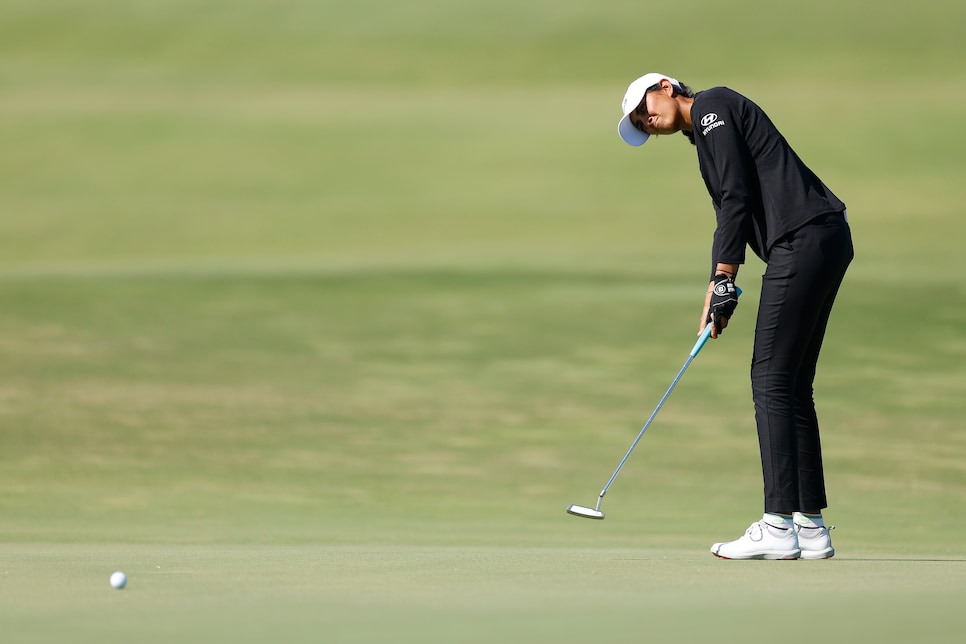LPGA Tour player: This might be the simplest thing you can do to improve your putting – Australian Golf Digest

- by Admin
- October 4, 2024

Aditi Ashok’s stats tell the tale of a woman who knows how to putt. Her strokes gained driving is -.83, ranking her 148th on the LPGA Tour in 2024. Her driving was on display at the 2020 Olympics in Tokyo, as she was getting handily outdriven by her playing partners, yet was still in medal contention. The 26-year-old has won five Ladies European Tour events, finished fourth in the 2020 Olympics and spent eight seasons on the LPGA Tour in a big part because of her putting.
Ashok, who grew up in India, says that when she practices her putting, she doesn’t go to the putting green with a full sleeve of balls.
“Most of the time when I practice my putting, I only use one ball,” Ashok says. “Unless I’m doing a drill, I don’t like to hit the same putt twice.”
Mike Ehrmann
RELATED: A smart golfer’s guide to making more putts—using 10 key stats
Many amateurs are guilty of grabbing a handful of balls from their bag or emptying a sleeve onto the practice green when they go out to practice their putting. The issue with that, Ashok says, is that it doesn’t properly mimic what you’re going to experience on the golf course. When you’re out playing, you don’t get three chances at every putt. You only get one.
“I try to practice a lot of different breaking putts, not stand in the same place and hit the same putt over and over,” Ashok says.
Practicing with one ball will recreate the presence you have over every putt on the golf course. You may well find your focus will improve, because you only have one chance to make each putt. You’re going to give it a good effort every time, instead of potentially mentally checking in and out if you have several tries at every putt.
MORE: The science behind swinging faster and holing more putts, according to Dr. Sasho MacKenzie
This article was originally published on golfdigest.com
The Latest News
-
December 26, 2024Texas Freshman Tennis Star Maya Joint To Turn Pro Ahead Of Australian Open
-
December 26, 2024Injured Halep forced to pull out of Australian Open
-
December 26, 2024As big changes come to the PGA Tour, a look back at the complicated path to all-exempt era – Australian Golf Digest
-
December 26, 2024Rules of Golf Review: It was only a tap-in, but my opponent raked his putt into the hole. Is that legal? – Australian Golf Digest
-
December 26, 2024Simona Halep issues ‘little update’ following Australian Open setback





